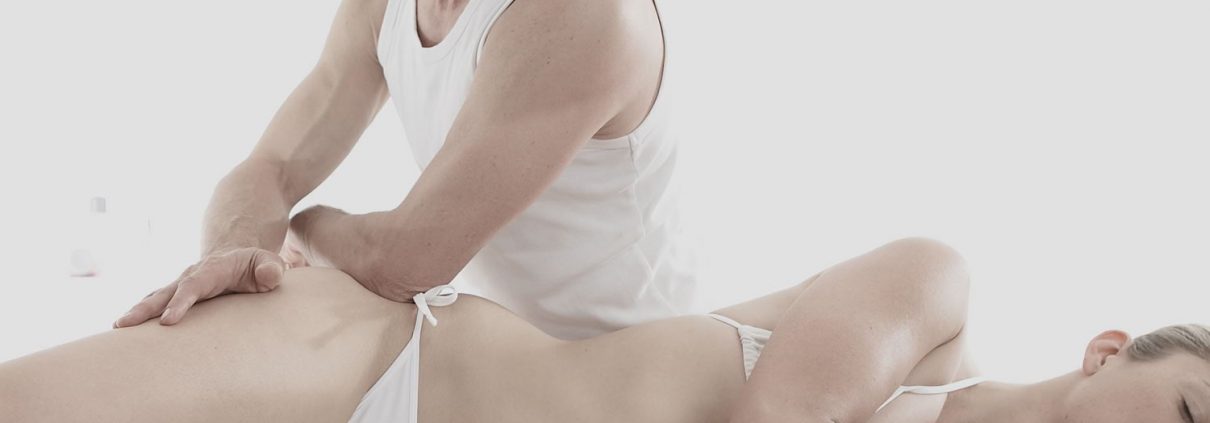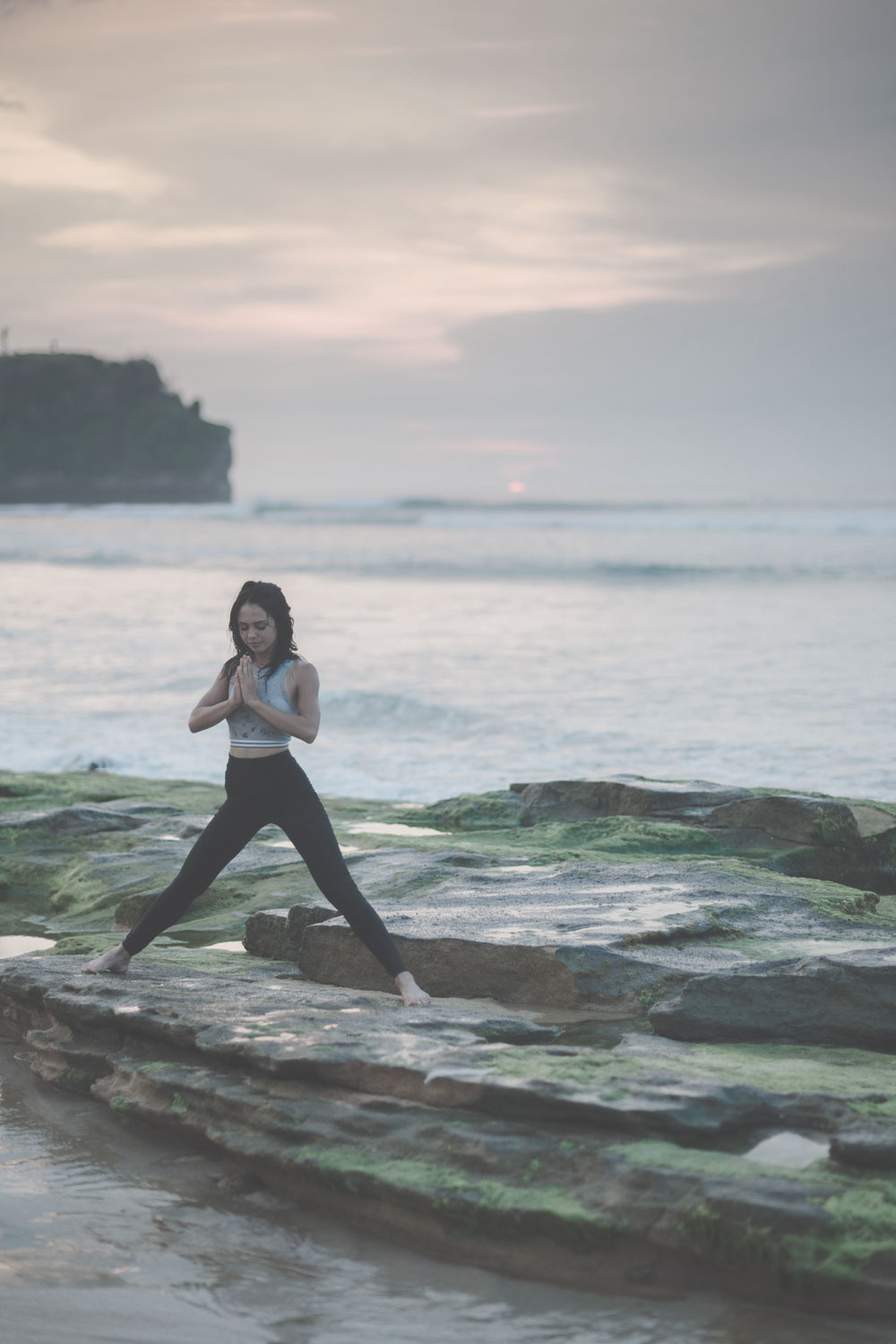Rolfing – What is that? – An introduction
The Rolfing® method works with the movement system of the body, it is “hands-on-bodywork”. Rolfing assumes that tension and pain, which many people experience in the musculoskeletal system, are caused by an unbalanced distribution of static forces in the body. In Rolfing, this distribution of forces is gradually changed so that the spatial and static structures are as well balanced as possible.
What is Structural Integration?
In Rolfing we work with the spatial structures of the body. If, for example, a shoulder hangs forward, then this “structure” is not in its place, it is “disintegrated”. This leads to tension and pressure changes in different parts of the body down to the feet. However, when this shoulder has taken its best possible spatial place, it no longer hinders the rest of the body. It has now become part of the entire system again, it has “integrated” itself. Rolfers calls the process – integrating the structure of the shoulder into the overall structure of the body – “structural integration”.
The Foundation of Rolfing: Gravity
No matter where you stand as a human being on earth: The center of the earth is always exactly below you. Your body is built to continuously deal with the force that pulls it to the center of the earth. For example, if you let your head hang, gravity causes your head to be pulled down. If you let your head hang for a few years, your entire body geometry will change, resulting in postural damage. Read more about Gravity and Rolfing.
A typical Rolfing session
At the beginning of the session you tell me how you feel in your body and which areas require attention. I look at the flow of your movements as you walk, stand or sit down and ask one or two questions about your everyday life, i.e. which activities you do most often or which are particularly difficult for you.
In the second part, when you lie on the massage table and recieve Rolfing, I will ask you to stand up from time to time. You will then tell me what has changed. This is always very exciting, because every person reacts differently and it is never quite clear where the journey leads. The “tour guide” is your body. It tells us both – you and me – where we are going.
The third part is about movement. It’s a bit like trying on some new shoes in a shop. You run back and forth, bounce on the spot, check whether the new shoe fits well, and have to make friends with this unusual feeling of “new shoes”. They tell me what that feels like. Together we discuss how to continue. Read more about a Typical Rolfing session.
When is Rolfing used?
Restrictions and problems with the musculoskeletal system manifest themselves very differently. Read more in List orthopedic symptoms – Rolfing.
Late consequences of an operation or an accident
Injuries, scars or pain cause the body to adopt a gentle posture in order to avoid the pain. This causes the body’s stature to shift and the consequences are postural damage or wear and tear on the joints. Read more in Orthopaedics and postural deformity.
Sports
For chronic injuries, muscular tension and overstraining, Rolfing can help you get fit faster. Through structural work you will find more efficient movements. Read more in Running with Rolfing.
Scoliosis
When the static tensions in the body become stronger and stronger, the body begins to evade the pressure, it deforms. If this affects the spine, it is called scoliosis. Read more in Scoliosis and Rolfing.
Yoga
With yoga you can follow a path that leads to a flexible body and personal growth. Rolfing supports you on this path; it helps you to avoid injuries and opens personal hotspots, which you can reach with the Yoga asanas only in individual lessons with an experienced teacher. Read more in Yoga and Rolfing.
Body posture and personal development
If your body takes an upright, relaxed posture, movements can flow more harmoniously and body and soul can more easily find harmony – personal development can unfold. Rolfing clients and parents of children who have received Rolfing treatment have made this observation again and again. However, such changes cannot be achieved within a few sessions. This takes more time. Read more in The receipe – the 10 Series in Rolfing.
What does Rolfing do?
The effects of Rolfing are manifold. Clients report fading symptoms and pain. The consequences are improved posture, more flexibility and freedom of movement, increased energy and vitality, increased performance in sports and excercise, clearer body perception, flowing movements, increased self-expression and improved grounding. Maybe you just feel very, very comfortable in your body.
„Some individuals may perceive their losing fight with gravity as a sharp pain in their back, others as the unflattering contour of their body, others as constant fatigue, yet others as an unrelentingly threatening environment. Those over forty may call it old age. And yet all these signals may be pointing to a single problem so prominent in their own structure, as well as others, that it has been ignored: they are off balance, they are at war with gravity.“
Dr. Ida P. Rolf
Books worth reading:
Hubert Ritter, Rolfing. Strukturelle Integration: Bessere Haltung und Balance durch manuelle Behandlung. Richtig bewegen, Beschwerden vorbeugen, 112 S., 19,95 €, Noema Verlag, ISBN 978-3981278118
Hubert Ritter explains the basic principles of an upright posture. The quick and easy to read paperback gives you a nice impression of what to expect in a Rolfing session. (Book only in german)
Dr. Ida Rolf, Rolfing: Reestablishing the Natural Alignment and Structural Intergration of the Human Body for Vitality and Well-Being 304 pages, $24.83 Healing Arts Press, October 1989 ISBN-13: 978-0892813353
This book is the standard work for all Rolfers worldwide. It is very vividly written, so that even the interested layman gets a good insight into the theoretical background of the Rolfing method. The many graphics and before and after photos of clients illustrate the anatomical connections and the amazing effect Rolfing can have on the body.
If you have any questions, please feel free to contact me in my practice in Berlin or Munich. Here you will find the contact page.




